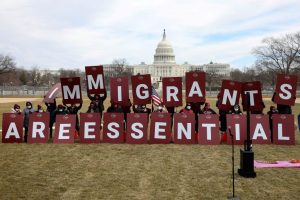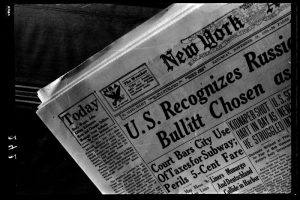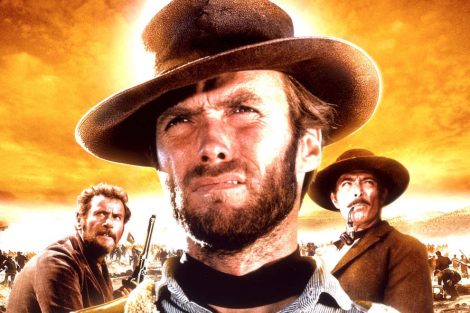Five months ago, in early February, the first victim of COVID-19 in the United States died in Santa Clara, California. In 5 months, on the first Sunday of November, the country’s presidential elections will take place.
Without a doubt, this 20-20 will be the year of the pandemic. “The worst health crisis in the last century.” The economic collapse also seems inevitable almost everywhere in the world. June is coming and as a planet, we have not even reached the highest point of the curve yet. Despite the horror, over 6 million infected and almost 400,000 deaths, are just a small fee in this new reminder of human fragility in the face of a tiny force of mother nature.
Halfway through, when we are not yet out of the initial astonishment, when we are still stuck in shock, and when collective panic may still become a very likely social explosion, we are easily mistaken for a false dilemma: what is more important, keep self-isolation or return to normal (economic) life?
“Health or economy” seems to be the great crossroads that is expressed through the cacophonous media noise.
“Eat or die,” they tell us. As if the arrival of a new virus capable of invading and destroying healthy cells and multiplying by 2.5 in a few days, was a kind of miracle cure for pre-contingency political polarization and, by magic, came to derail the crazy race economic crisis that, at least in recent decades, has served to worsen social inequality and accelerate the destruction of the environment.
The fact is that, with viruses and all, more than half of the world’s population lives within the so-called informal economy; “They survive day-by-day”, and therefore it has been difficult for them to afford to attend the “stay at home” of the health authorities, which itself it’s a luxury. With or without viruses, farmworkers, meat packers, keep working. In Europe and the United States – great epicenters of the pandemic so far – the force of technology could not keep restaurants and hotels open, but it did allow, to a large extent, the service economy to continue operating.
Therefore, the re-opening dilemma is a code expression for denial and politics. The real economy never was off, and most people have always been out there.
In any case, the schemes of the political game remain the same as usual. With the same vehemence with which 4 years ago he became the new champion of the extreme right -of his country and many others- uncovering the nefarious box of hatred and the worst prejudices, President Donald Trump recommends ingesting chlorine against the new disease and promises fight for “the liberation” of all those condemned to wear face masks. By sure the 4th of July parties will be spectacular; as well as the consequences.
Beyond the obligatory recognition of his boldness – megalomania? – which has led him to shatter many of the old paradigms –democracy, civility, etc.-, and has allowed him to drive for years the media narrative of a country with a gigantic propaganda machine, the project of Mr. Trump seems to have finally run into the hard wall of reality.
It was a microscopic organism made up of a few molecules that, in a matter of weeks, brought down a 3-year financial boom (in a polarized world “the great U.S.A.” was the best refuge for big capitals). Despite the populist reluctance to go out and give money away and run the Treasury Department printing presses, the real wall the Trump administration runs into is one of more than 41 million upset citizens who have registered as unemployed in the last two months.
According to the polls – the same ones that gave Mrs. Clinton as the winner until midday on the last election day – the reelection attempt is doomed to failure. From the basement of his house, wearing a face mask, Joe Biden has everything to benefit from the referendum on Tuesday, November 3. Only if he doesn’t mess up too much …
Certainly, the “new normal” that comes after the Trump era will hardly be able to return the demons of racism and xenophobia inside the mythical box. The coming economic crisis will have enormous costs. Regardless of whether major industries in the Midwest resume business this month and Florida restaurants and Texas bars reopen, the fundamental strength of the American economy is on its two great shores, the West Coast and the Northeast’s is where it’s established the strength of the digital economy, large investments, and the main consumer markets. And at least in California and New York, the supposed urgency to go out and give hugs, it seems that it can wait some few more weeks, to say the least.










